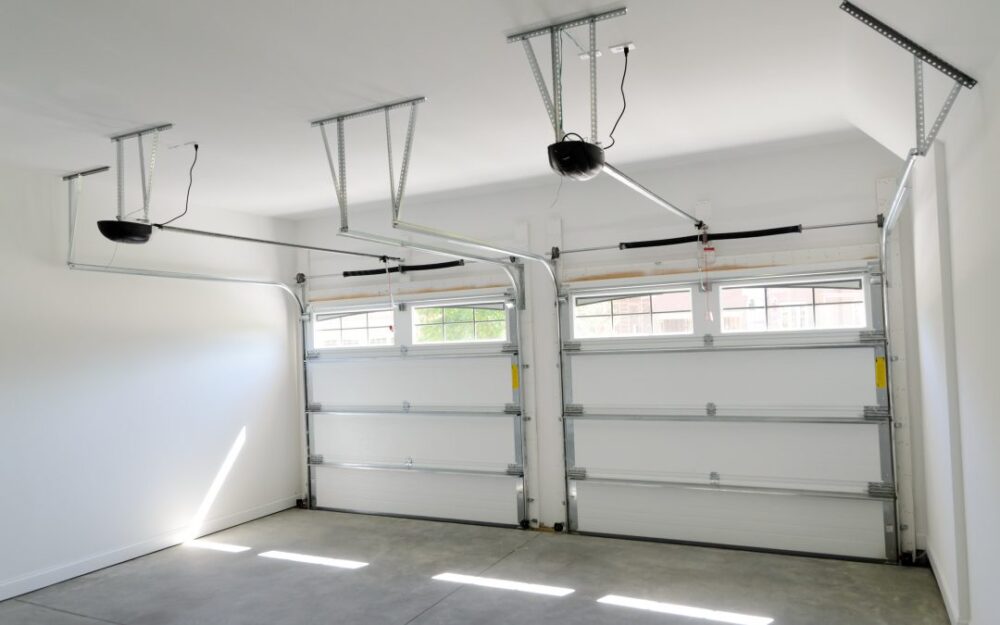Nowadays, garages have become an essential part of every household. It is a safer place to leave your car comparing to a driveway, and it can also serve as a tool shed of sorts and depending on the size, some may even use it as an entertainment room of sorts. Whatever the case may be, you need to enter or exit the garage as conveniently as possible. The main electric garage door openers have seen many improvements over the years.
. Back in the days, you would open them as any other door, manually, but nowadays, most of them are automatic and motorized.
Even though it’s way more efficient and faster to just press a button to open and close your garage doors than to leave your vehicle, open the garage, drive the car in and then close it, that convenience comes with a certain ‘price’. These modern-day garage doors are not quite as durable as they used to be. Well, not the doors themselves, but the things that make them work the way they do. Those things are springs. They are the backbone of every garage mechanism and they are the thing we’re going to discuss without further ado.
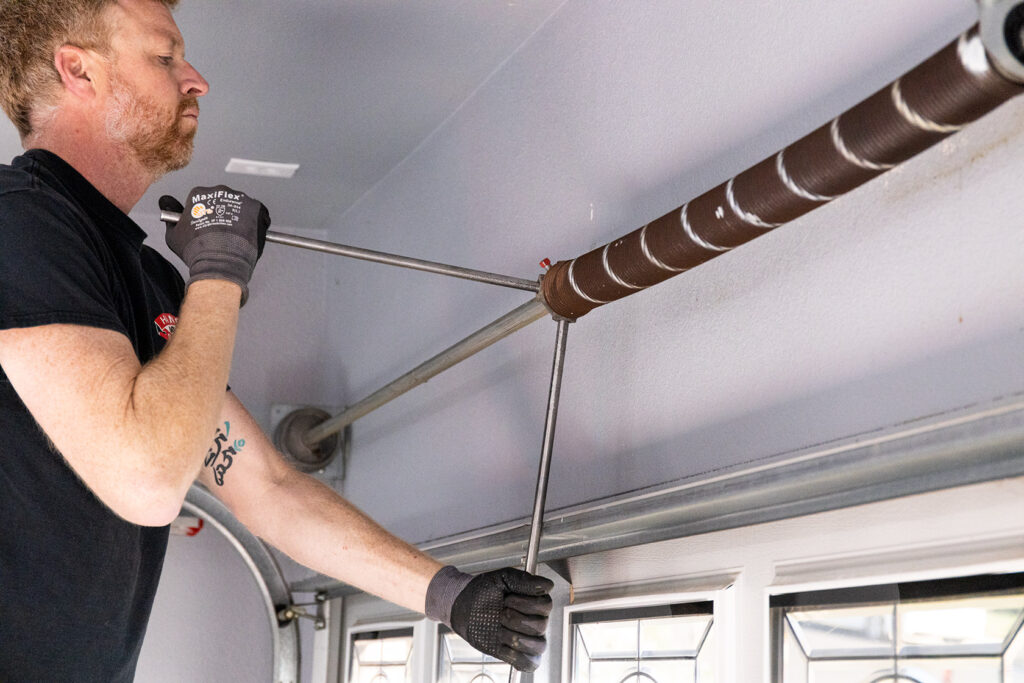
Types of garage door springs
There are two options you could be having, torsion or extension springs. One of the easiest ways to spot a difference between the two is by their placement adjacent to your door. Torsion ones are placed above the door, unlike the extension springs that rest beside the door. There are also some fundamental differences in their design and the way they work and we’ll touch on that in a while.
Torsion springs
Like we’ve said, if it’s located above your door, it is the torsion type. As you can tell from the name, there is some torque involved, there are some things that need to turn in order for this to work. If you want to open the door, the spring will loosen up and vice versa, when the door is closing it twists. Depending on the type or size of your doors, you may use one or two springs. The general rule is that a small or regular door requires just one, whereas if you have double doors or a very heavy one, it is recommended that you use two.
Extension springs
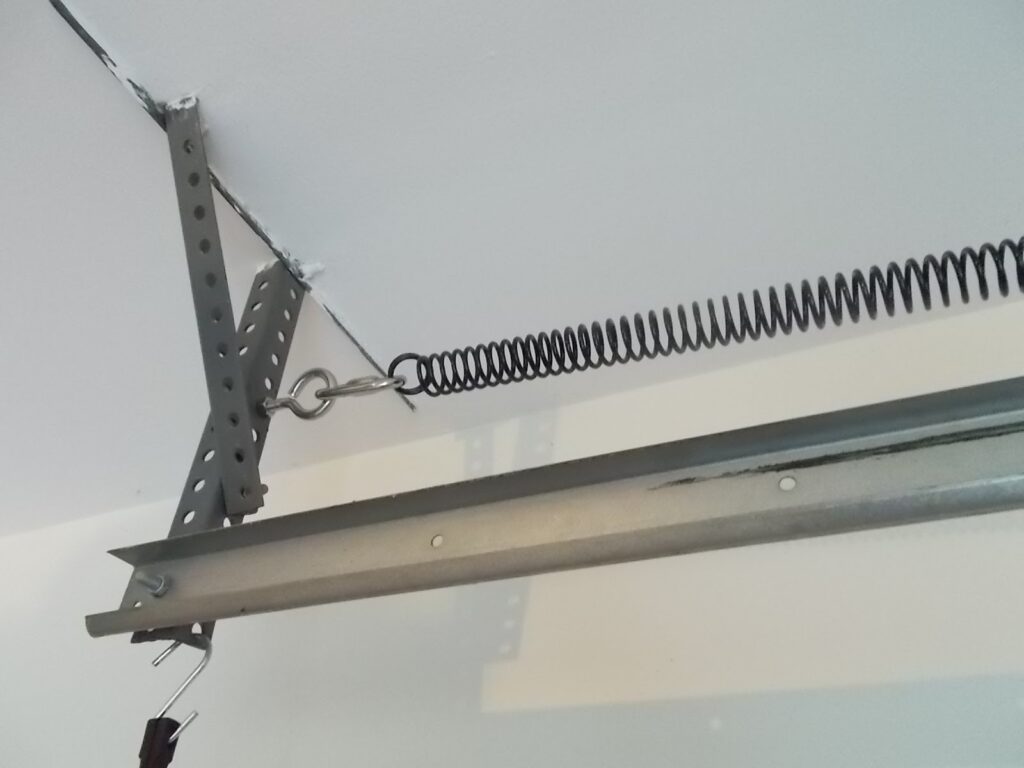
As we’ve previously mentioned, if there are springs alongside the door, you have an extension type. These rely on extending and contracting in order to move your doors. When you want to open your garage, it tightens, or contracts, and of course, when you’re closing the door it extends, hence the name. There are 3 different versions on the market: single, double loop and clip. Basically, the difference is an ending to spring and how strong it is. Single being the cheapest and the weakest and the clip is the premium option.
Deciding between the two
This is a quite an easy decision to be fair. Torsion springs are a better option for several reasons. First off, they are generally more durable. All of this of course depends on the exact model, maintenance and so on, but overall, the torsion spring will last longer. However, this does not mean it will last forever, they will eventually break and when that happens do not attempt DIY repairs, contact a professional crew like calgarygaragedoorrepair.ca and allow them to safely and competently repair or replace it. Additionally, as far as safety goes, when a torsion kind breaks, it stays in place unlike the extension type which may detach upon breaking and cause serious damage. However, this can be prevented by installing safety cables.
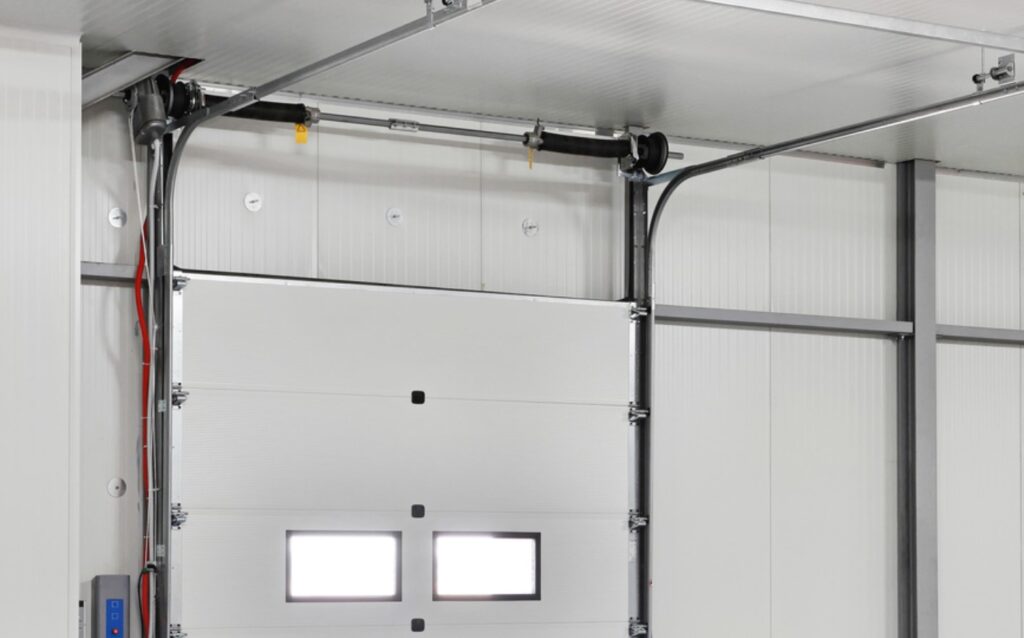
Average life expectancy
A garage door springs, beside the two different types, can be classified by a number of cycles they provide. A cycle is a two-way motion (extend and flex) that a string does when opening and closing the door, basically, one cycle represents the one time you open and close the door. The standard in the industry and used by most homeowners is the 10,000-cycle spring. Of course, there are even more durable options out there, for instance 20,000, 50,000 cycle ones, and in some cases some coated torsion strings that offer a lifetime warranty since they are very unlikely to break. What you need to consider when opting out for a certain spring is how often you would use your garage door, the overall condition of a garage and so on. You wouldn’t want you string outlasting your door, right? That’s not money well spent. Take everything in consideration and make your decision based on all of the factors.
Now that we know how to determine the durability of it, we can talk longevity. Let’s take an average cycle spring for example. Ten thousand cycles may seem like a whole lot, but, if you assume that the average person uses a garage two to four times a day, that would put the expected lifetime of an average spring at around 9 years with proper care and maintenance.
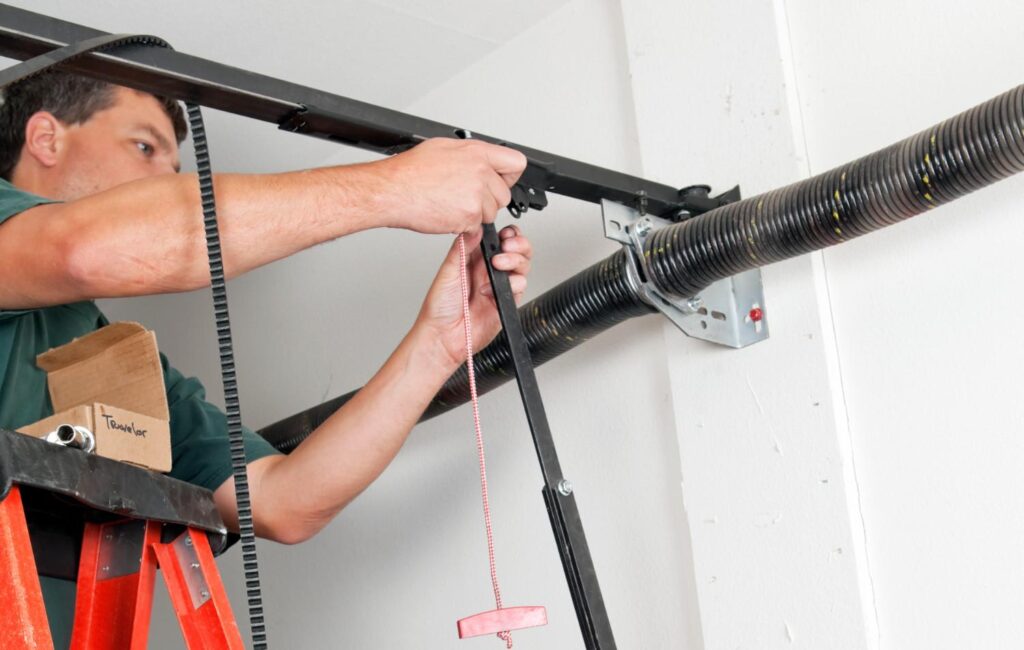
Common failure causes
Since we’re talking about metal, the worst enemy of the spring would definitely be rust. Well, not really, the biggest would be wear and tear from constant usage, but we’re not talking about that. Rust and the corrosion will affect the way it works, increasing the friction and weakening the spring. Another great cause of spring deterioration would be cold. Given the nature of metal, cold weather can make it frail and easily breakable. Most breakages do happen during the winter, so, if possible, heat it up before using it.
Both of these are essentially caused by environmental causes. Rust is caused by moisture and the other one is pretty self-explanatory. What you can do to prevent some of this from happening, is spray the spring with silicone-based coating. Not lubricant, there is no need to oil the spring, just coat it with a soft layer to keep it moist and rust free. As far as cold goes, only thing you can do is heat up the room.
Those were some of the basic information you could possibly benefit from if you’re planning on changing, repairing or simply maintaining your garage spring.

